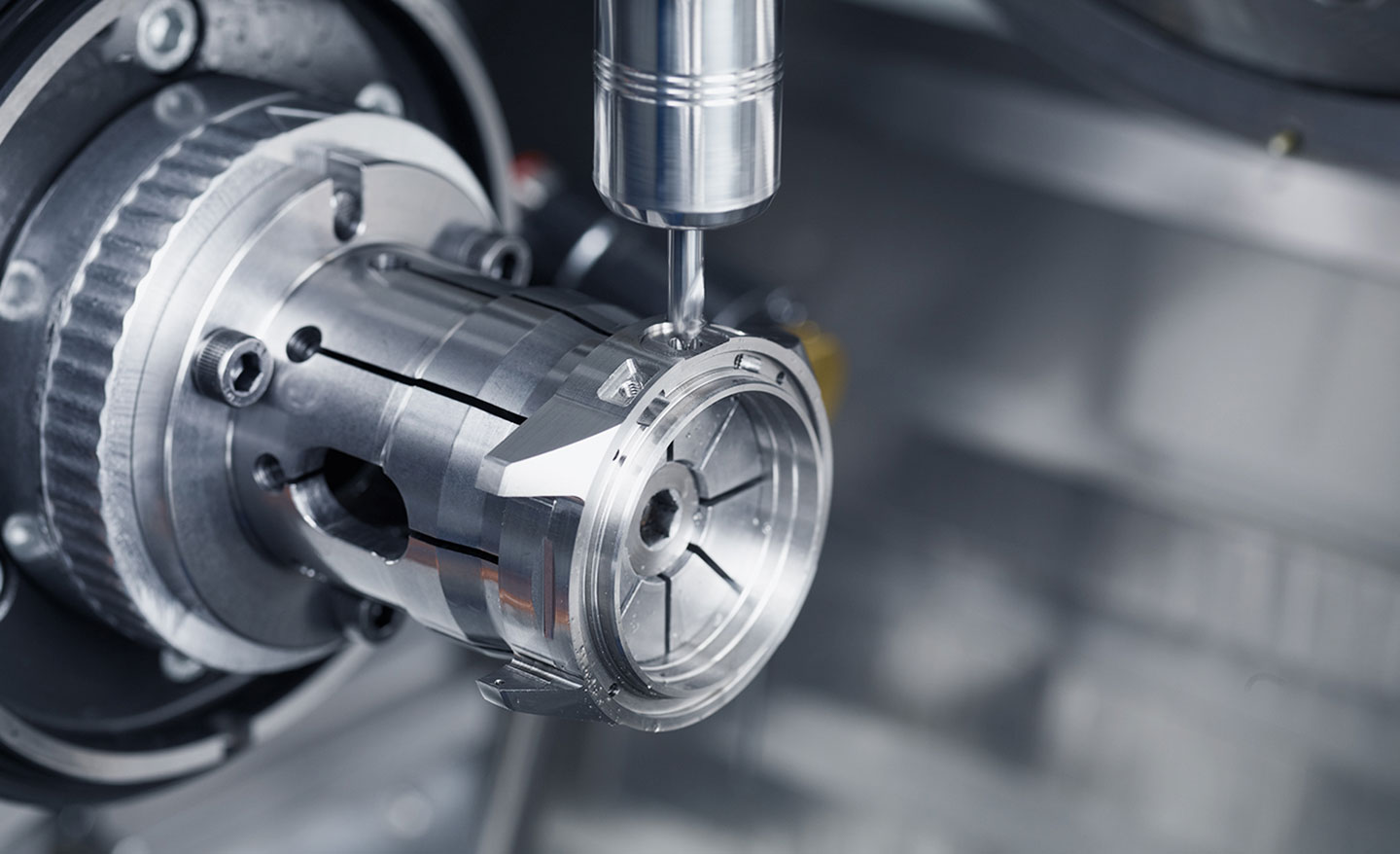Dive watches are more than just timekeeping devices; they are engineered marvels designed to withstand the harsh conditions of the underwater world. From the depths of the ocean to the wrists of adventurers, the production of a dive watch involves a meticulous blend of precision engineering, advanced materials, and rigorous testing. In this blog post, we'll explore the intricate process behind creating these robust timepieces.
The Design and R&D Phase
Functionality Definition and Specification Setting
The journey of a dive watch begins with defining its core functions and specifications. Key aspects include determining the water resistance depth (e.g., 100 meters, 300 meters, or more), which dictates the design of critical waterproof components such as the case, crown, case back, and seals. Specialized features for diving, like unidirectional rotating bezels (for tracking dive time), luminescent displays (for visibility in low light), and antimagnetic movements, are also carefully considered.
Material Selection
Case Materials: 316L stainless steel is a popular choice due to its corrosion resistance, while titanium offers lightweight durability. High - end models may use ceramic (extremely scratch - resistant) or carbon fiber (for strength and lightness).
Crystal: Sapphire crystal, with a hardness of 9 on the Mohs scale, is commonly used for its excellent scratch resistance. Some entry - level watches opt for mineral glass.
Seals: Fluororubber or nitrile rubber are preferred for their resistance to aging and seawater corrosion.
Structural Design and Simulation
Engineers use CAD software to create 3D models, simulating the stress distribution on the watch case under water pressure. This helps optimize the sealing structure. Virtual waterproofing tests are conducted to ensure that the crown, case back, and other key areas meet the required standards before physical prototypes are built.
Manufacturing of Core Components
Case and Bracelet Production
Case Machining: CNC machines are employed to mill and drill stainless steel or titanium blanks, shaping the case body, lugs, and crown holes. Surface treatments such as brushing, polishing, or PVD coating (e.g., black titanium nitride for enhanced wear resistance) are then applied.
Crown Manufacturing: Screw - down crowns are a staple in dive watches. They feature O - ring seals, and the threads must be machined with high precision (tolerance ≤ 0.01mm) to ensure a watertight seal when screwed in.
Case Back Fabrication: Screw - in or press - fit case backs are used. Screw - in case backs rely on threads for a secure fit, while press - fit versions depend on the tightness of the seal and the case groove.
Dial and Hand Production
Dial: Made from metal or ceramic, dials are printed with hour markers and brand logos. Critical markers are filled with Super - LumiNova, a luminescent material that absorbs light and emits it in the dark.
Hands: Metal hands are stamped into shape, electroplated for rust resistance, and coated with luminescent material to ensure clear readability underwater.
Crystal Processing
Sapphire crystals are cut, polished, and sometimes given rounded edges for improved shock resistance. Anti - reflective (AR) coatings may be applied to the inner surface to reduce glare.
Unidirectional Rotating Bezel
The bezel, usually made of metal or ceramic, has an internal gear mechanism. Precision machining is required to ensure that each click (usually 60 clicks) is accurate and that the bezel only rotates counterclockwise, preventing accidental timekeeping errors.
Movement Assembly and Tuning
Movement Selection and Assembly
Mechanical Movements: Automatic or manual winding movements, such as the ETA 2824 or Sellita SW200, are assembled in a dust - free environment. The precision of components, like the balance wheel and hairspring, is in the micrometer range (e.g., hairspring tolerance ≤ 0.005mm).
Quartz Movements: These involve the installation of a battery, integrated circuit board, and stepping motor. Accuracy depends on the oscillator frequency, typically 32.768kHz.
Movement Performance Tuning
Mechanical Movements: The amplitude of the balance wheel and the tension of the hairspring are adjusted to ensure timekeeping accuracy. For watches with COSC certification, the daily rate should be within - 4 to + 6 seconds.
Quartz Movements: The oscillator frequency is calibrated, and battery life (usually 2 - 3 years) is verified.
Waterproof Sealing System Assembly
Seal Installation
Seals are inserted into the crown, case back, and bezel areas. High - end models may use metal seals (e.g., a combination of titanium and rubber). A special silicone - based lubricant is applied to the seals to prevent aging and wear.
Component Integration
The movement is placed into the case, the dial and hands are attached, and the crystal is sealed using a press. The bezel is then meshed with the internal gears of the case to ensure smooth rotation.
Rigorous Testing and Quality Control
Waterproof Testing
Air Pressure Testing: Watches are placed in a sealed chamber and pressurized to 1.2 - 1.5 times the rated water resistance depth (e.g., a 300 - meter watch is tested at ≥ 3.6MPa) to detect any air leaks.
Water Pressure Testing: Watches are submerged in water to simulate real - world diving conditions for several hours, and then inspected for water ingress.
Functional Testing
Bezel Rotation Resistance: The bezel should require a torque of 10 - 15N·m to rotate, preventing accidental movement.
Luminosity Testing: The glow intensity and duration of the luminescent markers and hands are checked in the dark, with a requirement to maintain visibility for at least 8 hours.
Environmental Tolerance Testing
Watches undergo temperature cycling tests (- 20℃ to 60℃), antimagnetic tests (exposed to a 4800 A/m magnetic field), and shock tests (simulating the impacts experienced by divers).
Final Assembly and Finishing
Case Polishing and Inspection
The case is polished, either by hand or machine, to remove any machining marks. A thorough inspection is carried out to check for scratches, coating defects, or other imperfections.
Strap Installation
Metal bracelets are attached with screws, while rubber straps are connected using spring bars, ensuring a secure fit on the wrist.
Packaging and Certification
Dive watches are packaged with a waterproof certificate, warranty card, and often a specialized watch box. Some models may need to pass the ISO 6425 dive watch certification.
Special Techniques and Technical Challenges
Helium Escape Valve: For professional dive watches (depth > 500 meters), a helium escape valve is essential to prevent the crystal from popping off due to helium gas ingress during saturation diving.
Ceramic Bezel Technology: Ceramic bezels are sintered at high temperatures (above 1400℃), resulting in a uniform color and high wear resistance, but the manufacturing process is complex due to the brittleness of ceramic materials.
Movement Waterproofing Design: Some brands use an "inner case" structure to isolate the movement from waterproof components, further enhancing water resistance.
The production of dive watches is a testament to the fusion of traditional watchmaking craftsmanship and modern engineering. Each step, from the initial design to the final quality control, is crucial in creating a timepiece that can accompany divers on their underwater adventures with reliability and style.
#customdivewatch #divingwatchmanufacturer #diverwatchcompany #oemwatch #watchfactory

 Home
Home Gezfeel
Gezfeel Jun 16 2025
Jun 16 2025




 Address: Room 405, Building A, Qianhai Zhichuang Technology Industrial Park, No.60 Nanchang Road, Nanchang Community, Xixiang Street, Baoan District, Shenzhen, China
Address: Room 405, Building A, Qianhai Zhichuang Technology Industrial Park, No.60 Nanchang Road, Nanchang Community, Xixiang Street, Baoan District, Shenzhen, China

